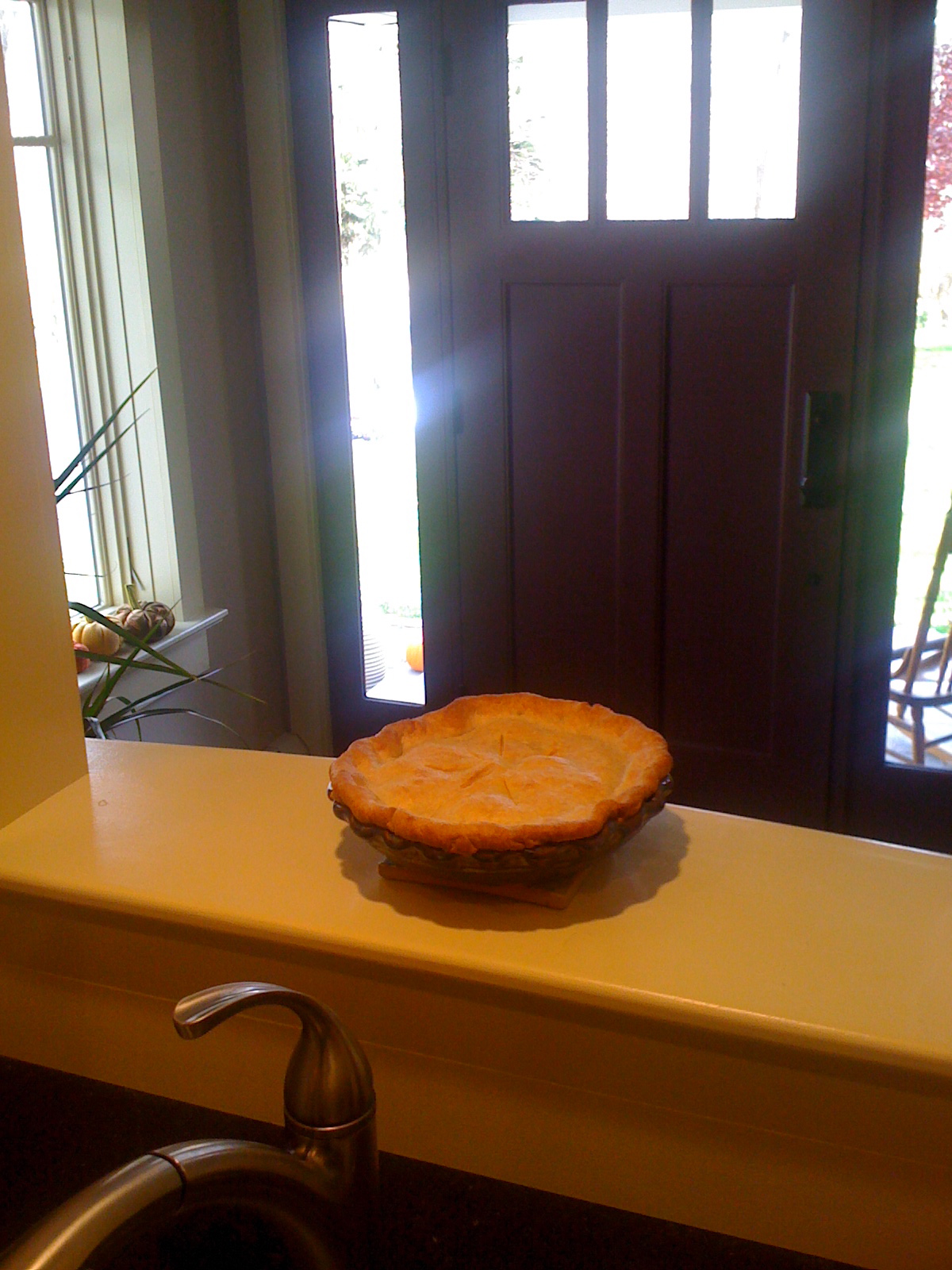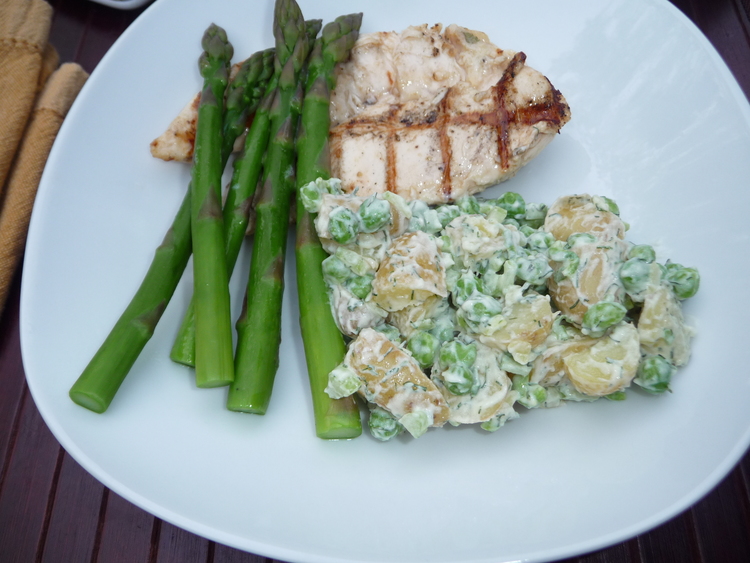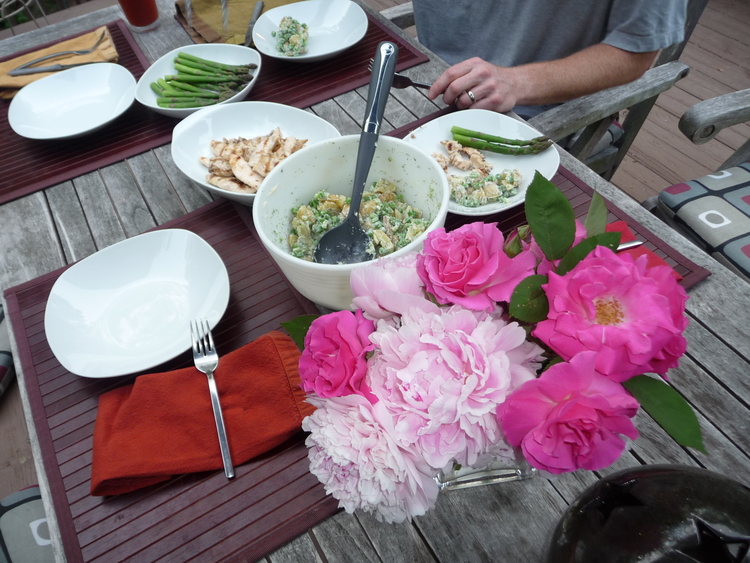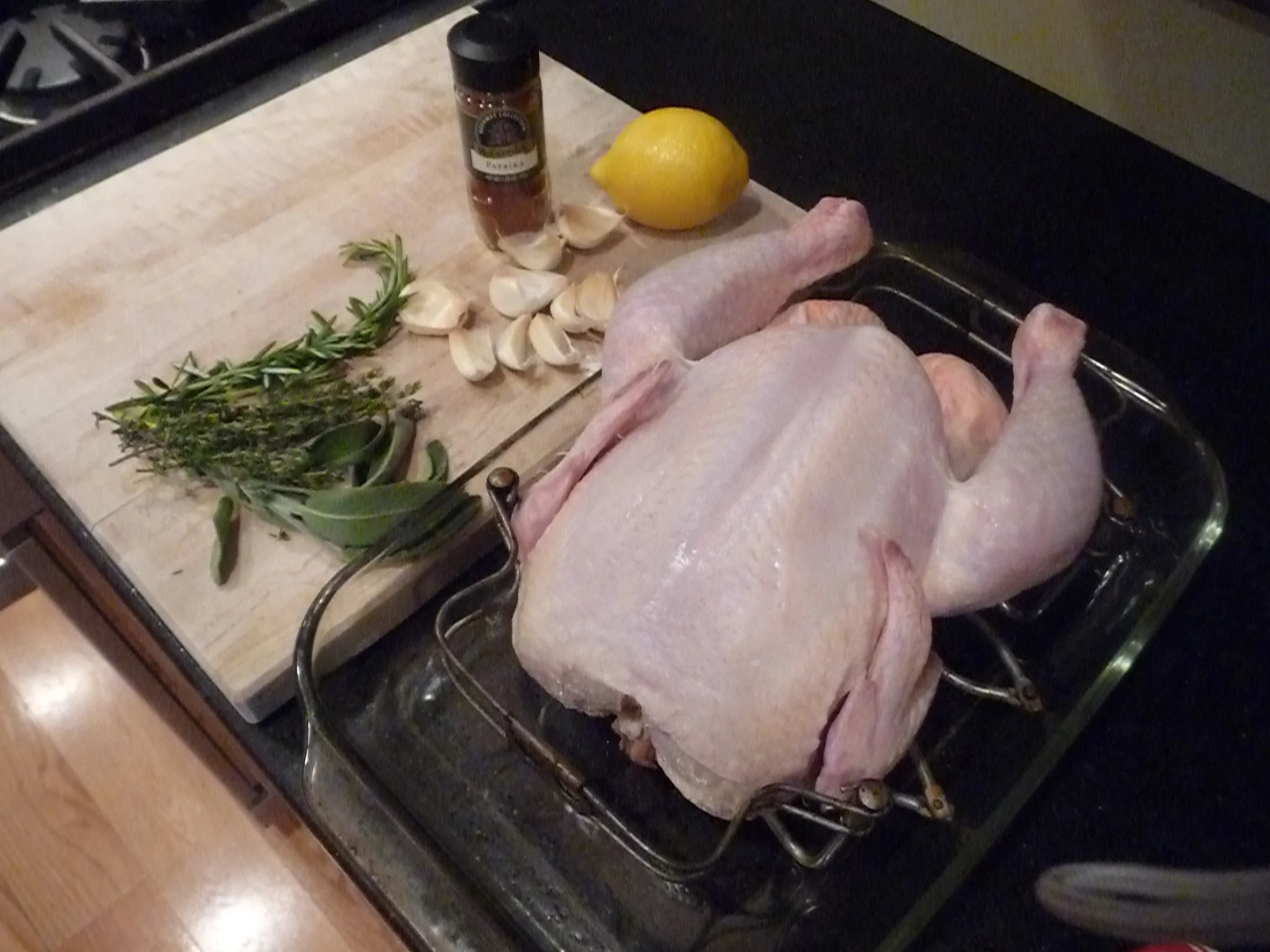You will hear her name often in this blog, written with reverence and respect and sadly, she is with us no more. She died in 1992 but I didn't discover her until my 30s, and she was long gone. I don't know how I came across Family Happiness but that was the first book of hers I read. I don't want to be overly dramatic and say it changed my life, but something about it resonated. That to me is the key of what makes a "good book": that there are passages that ring the bell in the cathedral of your soul, and you are folding pages, or reaching for a pencil or post-it to jot down passages, or just thumping your forehead with your palm, thinking "Yes...yes exactly...that's just what I felt but I didn't have the words." As a reader, it is so satisfying to see an idea pinned down to the page in beautiful language. As a writer, this is even more satisfying when you do it yourself and someone else thumps their forehead and cries "Yes, exactly!"
So I began to devour Laurie Colwin, with no small amount of sadness because I knew once I'd read everything she'd written, there would be no more. And one thing I noticed in all of her writing was that she wrote about food. A lot. Meals and snacks were described and integral to the plot, the focus of scenes. Kitchens were important. And her food was really good. I came to learn she had been a regular contributor to Gourmet Magazine and had published two books of essays on food: Home Cooking and More Home Cooking (the latter being published posthumously). I went immediately to the library and took them out. Two chapters into Home Cooking, I went onto Amazon and ordered my own copies of both. They now live on my kitchen bookshelf when they are not residing on my bedside table.
These are my desert island books. I can happily read and re-read them for the rest of my life. I could make an entire post with quotes from them, or flat-out copy entire chapters to share. There are recipes, but that is only a small part of their charm. They are simply delightful. If you like books about cooking, food, home, family and kitchens then I cannot recommend them highly enough.
There's a popular party/dinner table round-robin question that goes, "If you could have lunch with anyone, alive or dead, who would you pick?" For me it is Laurie Colwin. I would love to meet her, have lunch with her or better, make lunch with her. I wish I could tell her how much she has meant to me, how much I learned from her. I wish I could say, "I knew nothing about roast chicken until I read Home Cooking." And most of all, to shyly tell her that when I myself write about food and cooking, it is her wry sense of humor and inflection that I try to convey, if not shamelessly mimic. It is the "Cooking of the Refined Slob" philosophy that I try to live by and share - the refined slob does not peel the garlic or truss the chicken or need fancy kitchen gadgets.
Most of all, it is her love of "Plain, old-fashioned home food" that I embrace and will be trumpeted on this blog. And by "plain", we don't mean boring. We mean the kind of food that is simple, but unspeakably comforting. Soul food. Comfort food. The food kids will eat and adults will treasure. I love going out to eat and having a gourmet meal, I love to try a three-page recipe out of Martha Stewart that's full of unnecessary complication. But those are the exceptions and not the rules. Most of the time, I just want to make something simple and delicious that everyone will love, something that will make someone's eyes shine and utter those magic words, "This is delicious...can I have some more?"









































